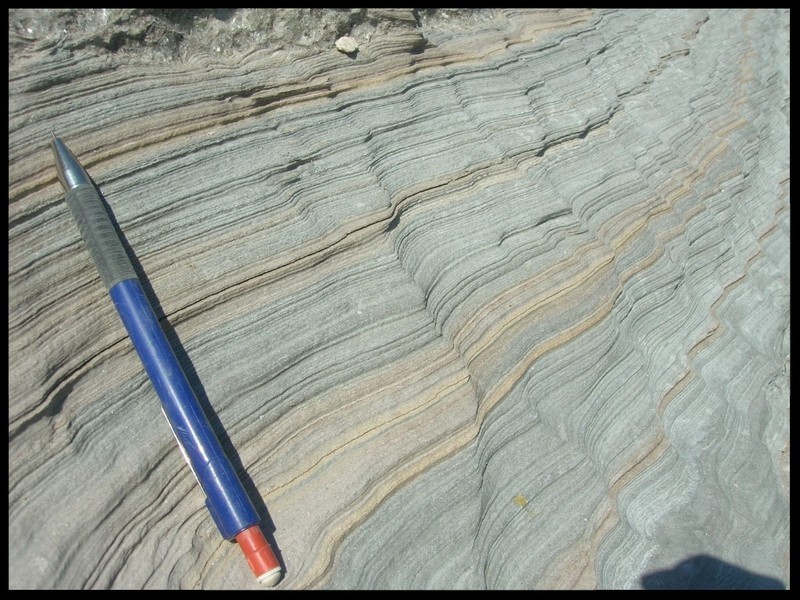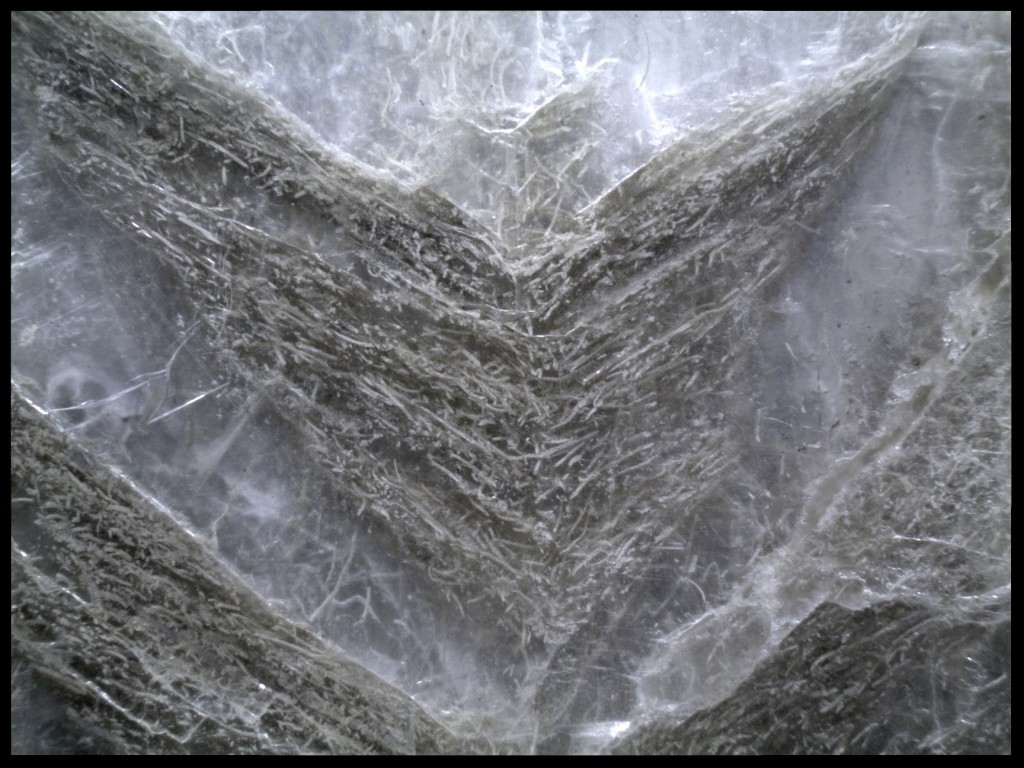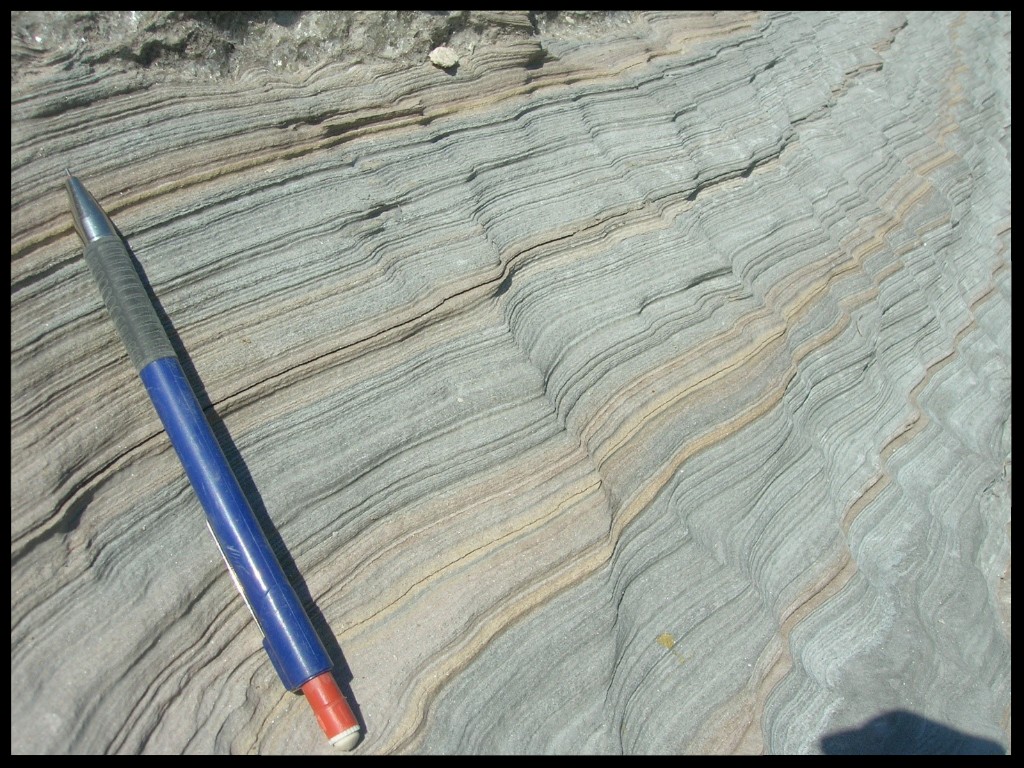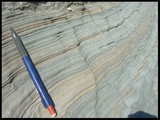Paleonvironmental evolution during the Messinian salinity crisis.
Staff
- Dela Pierre Francesco (Coordinator)
- Carnevale Giorgio (Member)
- Lozar Francesca (Member)
- Gennari Rocco (Member)
- Mancini Alan Maria (Member)
- Pellegrino Luca (Member)
- (Member)
- Natalicchio Marcello (Member)
Contacts

ERC Sectors
Activity

Filamentous microfossils entrapped in a gypsum crystal
During the Messinian the progressive isolation of the Mediterranean Sea from the Atlantic Ocean, superposed to orbitally-driven climate perturbations, led to the deposition of cyclic sequences of shales, marls and diatomites on the Mediterranean seabottom, starting at about 7 Ma. The isolation of the Mediterranean culminated in the extensive deposition of evaporites during the Messinian salinity crisis (MSC), when the basin was transformed into a giant salina Although the chronostratigraphic framework of the MSC is well established, many aspects, including the physical and chemical conditions of the Messinian seawaters and the impact of the MSC on marine ecosystems, are still controversial.
The current project aims at the reconstruction of the environmental conditions responsible for the onset and development of the MSC and the impact of this event on marine ecosystems. Several sections, located in different sectors of the Mediterranean area (Spain, Piedmont, Sicily) are currently investigated through an multidisciplinary approach including sedimentologic, cyclostratigraphic, petrographic, micropaleontologic geochemical and geomicrobiological studies.

Microcrystalline laminated gypsum (cumulate gypsum) from the Piedmont Basin
Main Collaborations
Jörn Peckmann, Daniel Birgel (Hamburg)
Luis Gibert, Javier Garcia-Veigas (Barcelona)
Giovanni Aloisi (Paris)
Tim Lowenstein (Binghamton)
Publications
1) Lozar, F., Violanti, D., Bernardi, E., Dela Pierre, F., Natalicchio, M. 2018. Identifying the onset of the Messinian salinity crisis: a reassessment of the biochronostratigraphic tools (Piedmont Basin, NW Italy). Newsletter on Stratigraphy, 51/1, 11-31
2) Natalicchio, M., Birgel, D., Peckmann, J., Lozar, F., Carnevale, G., Liu, X, Hinrichs, K.-U., Dela Pierre, F., 2017. An archaeal biomarker record of paleoenvironmental change across the onset of the Messinian salinity crisis in the absence of evaporites (Piedmont Basin, Italy). Organic Geochemistry 113, 242-253.
3) Dela Pierre, F., Natalicchio, M., Ferrando, S., Giustetto, R., Birgel, D., Carnevale, G., Gier, S., Lozar, F., Marabello, D., Peckmann, J., 2015. Are the large filamentous microfossils preserved in Messinian gypsum colorless sulfide-oxidizing bacteria? Geology 43, 855-858.
4) Dela Pierre, F., Clari, P., Natalicchio, M., Ferrando, S., Giustetto, R., Lozar, F., Lugli, S., Manzi, V., Roveri, M., Violanti, D., 2014. Flocculent layers and bacterial mats in the mudstone interbeds of the Primary Lower Gypsum unit (Tertiary Piedmont basin, NW Italy): Archives of palaeoenvironmental changes during the Messinian salinity crisis. Marine Geology 355, 71-87.
5) Natalicchio, M., Dela Pierre, F., Lugli, S., Lowenstein, T.K., Feiner, S.J., Ferrando, S., Manzi, V., Roveri, M., Clari, P., 2014. Did late Miocene (Messinian) gypsum precipitate from evaporated marine brines? Insights from the Piedmont Basin (Italy). Geology 42, 179-182.





